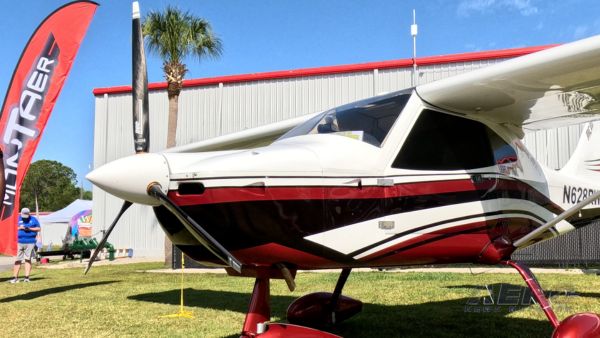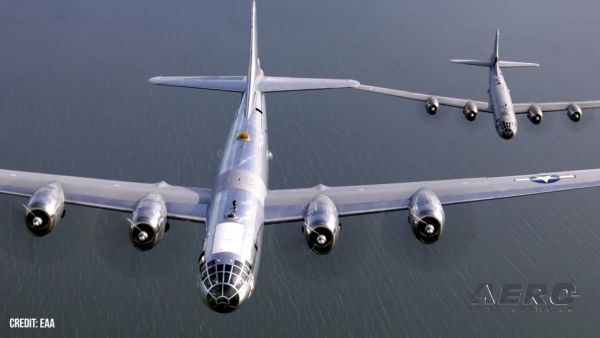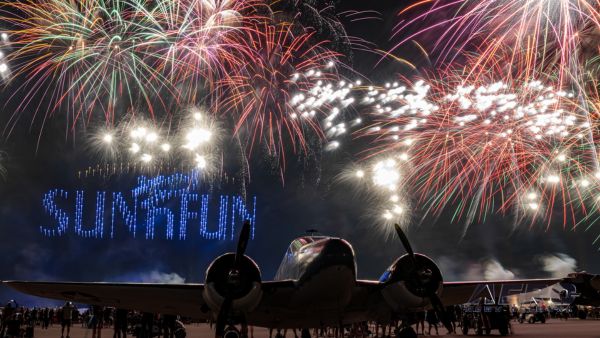Solved A Potential Issue With The $2.2 Billion Aircraft
"We’ve been innovating since the Wright Brothers, since we first took flight,” said Brig. Gen. John J. Nichols, B-2 Spirit pilot and commander of the 509th Bomb Wing at Whiteman Air Force Base. “We are a service of innovation.”
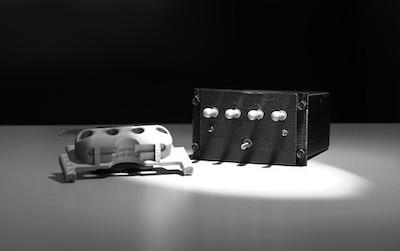
Across the Air Force, changes to equipment, policies and procedures have been made to save money, to save time and to save lives. From the highest levels, Airmen across the service are being encouraged to innovate. It’s this innovation that will deliver lethality to outpace adversaries, says Air Force Chief of Staff Gen. David L. Goldfein, and maintain the U.S. position as the world’s strongest, most powerful military.
One such innovation came in response to a recognized potential issue within the B-2 – the world’s most strategic aircraft and the heart of the stealth mission at Whiteman AFB.
A four-switch panel called the airframe mounted accessory drive, or AMAD, sits on the left side of the B-2’s two-person cockpit. The AMAD switches control the connection of the engines to the hydraulic and generator power of the aircraft. “We wanted to make sure that these switches were protected,” said Nichols. “I had a feeling if we tapped our community partners, they would work hand-in-hand with our Airmen.”
Nichols said he believes innovation can come from anywhere, including the younger generation. So, he called Jerrod Wheeler, Knob Noster School District superintendent, the lead school administrator in the small town just outside of Whiteman AFB, to see if the high school robotics team could help the base with a solution.
Nichols’ initial simple suggestion resembled a rectangular, rounded butter-dish looking cover that would be secured over the switches to protect them. The cover would have to be a perfect, customized fit that would not come loose during flight, while also allowing the pilots to see the switches beneath it.
Wheeler took the challenge to Christopher J. Adams ,Knob Noster High School engineering and technology education teacher, and his Stealth Panther Robotics students, who readily accepted. “Part of what we do in engineering class is to apply the design process to a problem,” said Adams, describing how the students drafted a variety of prototype designs and printed them on the school’s 3-D printer.
Throughout the process, the students were guided by several seasoned B-2 pilots. “It was impressive to see the ingenuity and the initiative in each of these students,” said Maj. Joe Manglitz, a B-2 evaluator pilot. “They’re young high school students, but they’re incredibly smart. They’re the type of people we need in the future of our country and certainly in the future of our Air Force.”
The students met with Nichols throughout the process and also visited the B-2 simulator to test their prototype.
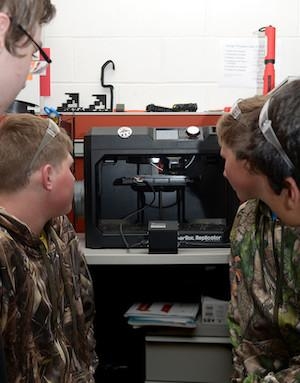
“I thought it was great when they completely rose to the level of the folks they were with,” said Adams. “I was super proud of them absolutely grasping the gravity of the situation and the problem, the seriousness, and then handling themselves like professionals far beyond their years.”
With the feedback and perspective they gained through these interactions, the students went back to the digital drawing board.
“My favorite part of this process was being able to talk geek with all the people involved,” said Gabriel Gish, a KNHS junior and military child, who serves as the robotics team leader for the design and prototype section of the Stealth Panthers.
He discussed some of the challenges the team faced through the design and production process, ensuring the necessary level of heat produced by the 3-D printer for stable panel covers. They also needed to find a way to affix the covers to the AMAD panel without permanently altering it. “We realized the dual-lock Velcro we use on our robots would work really well,” said Gish.
From the initial design to the final printed cover, there were eight structurally different designs. With feedback from the pilots, the robotics team made small modifications to ensure the cover could be easily gripped and removed, as well as withstand the pressurization and heat requirements of flight. Furthermore, the switches needed to be visible to the pilots at all times.
After extensive testing and levels of approval – Nichols was the first pilot to fly a B-2 with the cover in place – the AMAD panel cover is now being used inside all 20 of the Air Force’s B-2 stealth aircraft. “It feels really good to be able to say that I helped keep B-2 pilots safe,” said Gish.
Nichols sang the praises of the students. “This team of high school, STEM-related, super-smart students printed this,” said Nichols, punctuating his sentence in the air using the AMAD panel cover in his hand. “Seventy-two hours from the initial design concept to the final product at the grand total cost of a dollar twenty-five a copy.”
Nichols highlighted the collaborative effort between the Airmen and the student robotics team.
“This is an unbelievable story of partnering and innovation, which has brought a known level of risk down in a short period of time,” said Nichols. “I’m so proud of this team. I am so proud of this partnership with the local community and these kids over at Knob Noster High School. They just did an amazing job.”
(Images provided with USAF news release)
 ANN's Daily Aero-Term (04.14.24): Maximum Authorized Altitude
ANN's Daily Aero-Term (04.14.24): Maximum Authorized Altitude ANN's Daily Aero-Linx (04.14.24)
ANN's Daily Aero-Linx (04.14.24) Classic Aero-TV: 'We're Surviving'-- Kyle Franklin Describes Airshow Life 2013
Classic Aero-TV: 'We're Surviving'-- Kyle Franklin Describes Airshow Life 2013 Aero-News: Quote of the Day (04.14.24)
Aero-News: Quote of the Day (04.14.24) Airborne 04.09.24: SnF24!, Piper-DeltaHawk!, Fisher Update, Junkers
Airborne 04.09.24: SnF24!, Piper-DeltaHawk!, Fisher Update, Junkers


